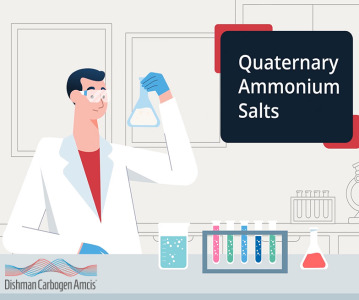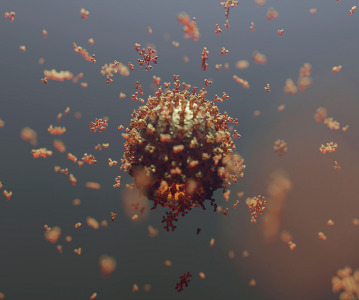Asia-Pacific’s Glioblastoma Multiforme Treatment Market Value to More than Double by 2020

The Glioblastoma Multiforme (GBM) therapeutics market in Asia-Pacific (APAC) will more than double in value, from $49.4 million in 2013 to $105.8 million by 2020, at a Compound Annual Growth Rate (CAGR) of 11.5%, says a new report from business intelligence provider GBI Research.
The company’s latest report* states that this impressive growth will result from the anticipated approval and market entries of Rindopepimut, Cotara and Avastin in some APAC countries during the forecast period.
Vijaya Vulapalli, Senior Analyst for GBI Research, says: “The APAC region boasts a strong GBM pipeline, which also includes carmustine implants, currently being developed in China. Novel therapies Rindopepimut and Cotara in particular could have a significant bearing on APAC’s GBM treatment landscape.
“Phase II clinical studies of Rindopepimut demonstrated a relatively high median overall survival (OS) rate among patients. Meanwhile, Cotara’s Phase II studies showed similar OS to Avastin, with slightly more progression-free survival improvement in recurrent GBM. As a single-infusion therapy, Cotara is likely to become an effective second-line treatment option for patients.”
However, GBI Research states that even if these therapies prove successful in late-stage clinical trials, they will experience low uptake in their respective markets due to their high prices and lack of patient access to medicines, mainly in China and India.
Furthermore, APAC’s GBM treatment space is still expected to require new drugs with better efficacy and improved prognosis.
Vulapalli continues: “One of the key reasons for the lack of efficacy exhibited by most therapies is their inability to penetrate the blood–brain barrier, and an urgent unmet need will remain over the forecast period for drugs that can achieve this.
“Efficacy also remains low because therapeutic resistance develops due to the disease heterogeneity, which is believed to be increased by genetic variations arising from mutations. A combined therapy that acts on multiple tumour signaling pathways, rather than a single molecular target, may therefore be more effective and result in a better prognosis,” the analyst concludes.
Related News
-
News Eli Lilly gets ready to launch five new drugs in 2023
Eli Lilly, the American pharmaceutical company (IN, USA) are gearing up for a big year ahead, with hopes to launch five new drugs and capitalise on growing obesity and Alzheimer’s disease markets. -
News Amgen buys Horizon for $27.8 billion in bold step into the rare disease market
Amgen Inc buys pharmaceutical company Horizon Therapeutics in a multibillion-dollar deal, in hopes to capitalise on it's portfolio of drugs in the highly sort after rare disease market. -
News Pharma Supply Chain People Moves
The latest appointments and promotions across the pharmaceutical supply chain. -
News Merck to donate new Ebola vaccine to defend against outbreaks in Uganda
Pharmaceutical giant Merck has announced they will be speeding up the processing of a new vaccine against the latest strain of the Ebola virus, to be donated to a global non-profit organisation for distribution -
News CPHI Podcast Series: Driving innovation with pharmaceutical startups
The latest episode in the CPHI Podcast Series explores how startups are driving innovation by taking high-risk approaches and doing business with greater agility. -
News Greener and efficient processes: Quaternary Ammonium Salts
Quaternary Ammonium Salts play a crucial part in Organic Chemistry processes at many major industries. Discover why.
-
News Biosimilars save patients $11B annually, but barriers to adoption remain in US market
Biosimilars introduce competition into the biologics market, driving down prices and increasing patient access. -
News WHO recommends use of two monoclonal antibody treatments against Ebola
The health body recommended use of treatments by Regeneron and Ridgeback Bio
Position your company at the heart of the global Pharma industry with a CPHI Online membership
-
Your products and solutions visible to thousands of visitors within the largest Pharma marketplace
-
Generate high-quality, engaged leads for your business, all year round
-
Promote your business as the industry’s thought-leader by hosting your reports, brochures and videos within your profile
-
Your company’s profile boosted at all participating CPHI events
-
An easy-to-use platform with a detailed dashboard showing your leads and performance
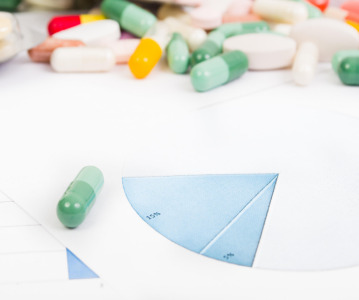
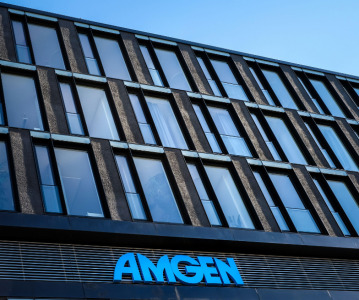

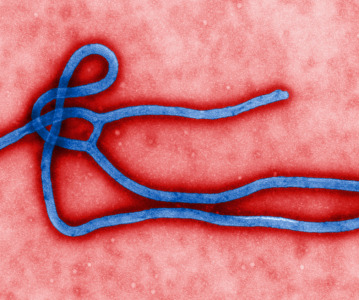
.png)
